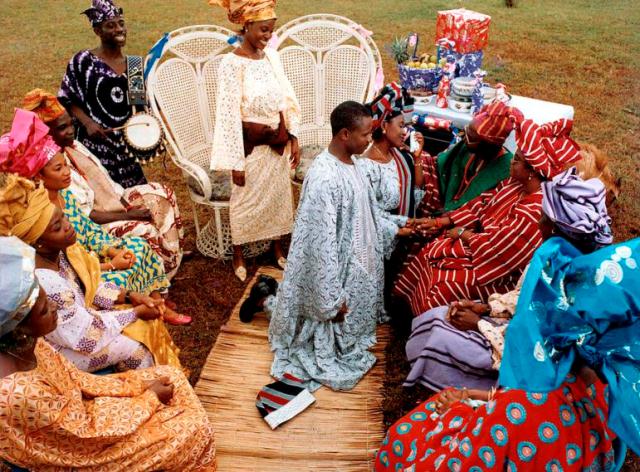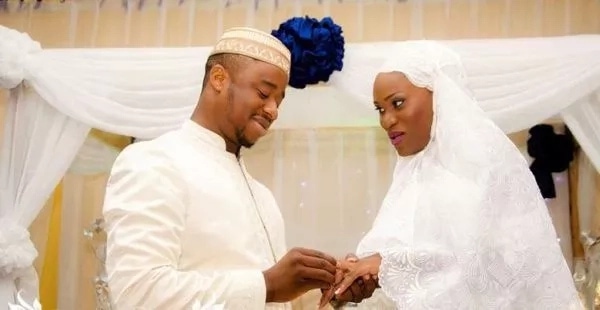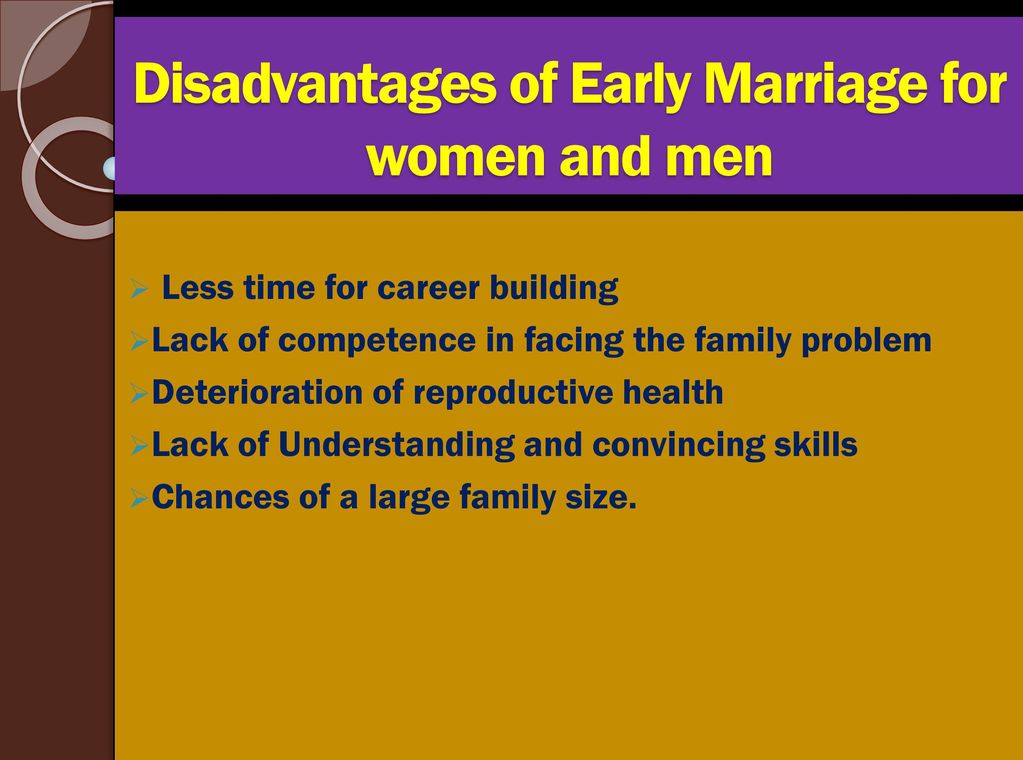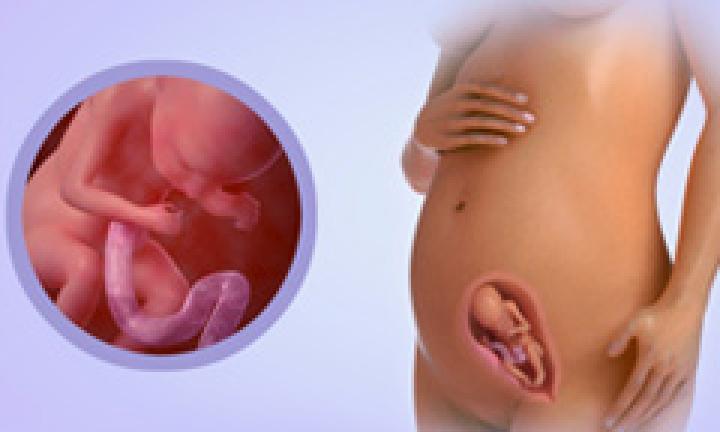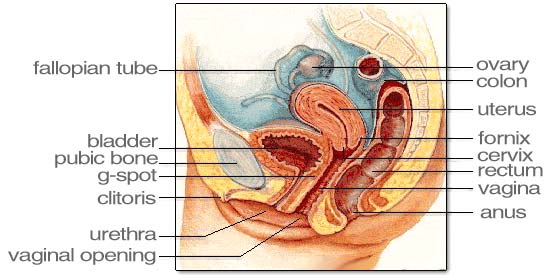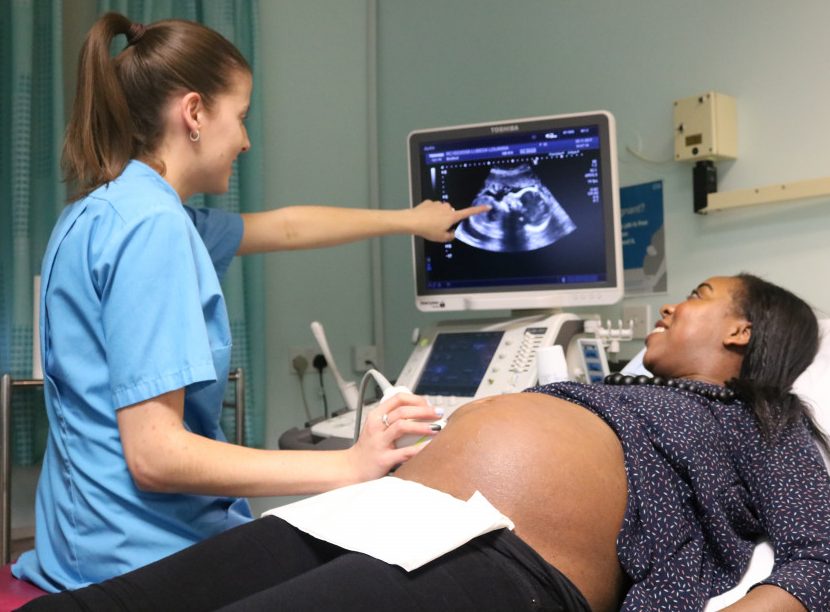WEEK 10
Posted: Fri Jan 01, 2016 1:22 pm
LESSON 17
TOPIC: MARRIAGE
(a). Relationship -unhealthy boys girls relationship.
(b). Courtship practices.
(c). Factors to consider before marriage.
Relationship- Unhealthy boy and girl relationship.
Adolescent is the period of growing up. It is a stage that lies between the end of childhood and the beginning of adulthood.
Boy/girl relationship should be made as wholesome and healthy as possible.
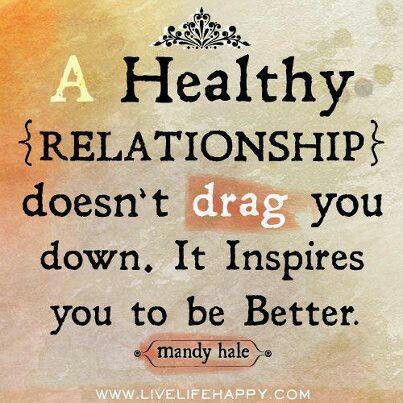
Problems of unhealthy boy and girl relationship.
Unwholesome or unhealthy boy/girl relationship can result into the following problems:
1. Unwholesome sexual indulgence or relationship.
2. Lack of self-discipline and respect.
3. Sexually transmitted diseases (STD, HIV/AIDS).
4. Teenage pregnancy.
5. Drop out from school and termination of education.
6. Various anti-social behaviors, such as, cultism, drug abuse, smoking, stealing, etc.

Guidelines for healthy and wholesome boy/girl relationship
1. Adolescents should choose friends who have good characters.
2. They should seek their parent’s approval of their friends.
3. They should bring their friends home and introduce them to their parents or guardians.
4. They should feel free to discuss their problems with their parents.
5. They should choose friends who have common interests with them.
6. They should minimize the length of time they spend together alone.

EVALUATION
1. List any six problems of unhealthy boy and girl relationship.
2. State four guidelines for ensuring healthy and wholesome boy/girl relationship.
READING ASSIGNMENT.
Read Home Economics for Nigerian Junior Secondary Schools Bk 3 by Popoola O.O Pages 104-108
LESSON 18
(A). COURTSHIP PRACTICES
(B).FACTORS TO CONSIDER BEFORE MARRIAGE.
Courtship
Courtship is a process of relationship which leads to marriage. Courtship period is the time during which the young man and woman intending to marry each other move about more closely with each other. At this period they tend to know each other better.

Characteristic features or activities involved with courtship.
1.The intending partners find out more about each other e.g. their likes and dislikes.
2. They determine how well suited they are to go into a lasting union.
3. They find out how each is accepted in the other’s family.
4. They learn about each other’s family customs and traditions-ways of life.
5. They find out the extent to which they really love and care for each other.
6. They discuss their future plans.
Factors to consider before marriage.
1.Age: The partners should be old enough for marriage
2.Background: It is wise for a person to choose a partner who has the same background (religious,social,educational, etc.) with him/her.
3.Economy security: The young people intending to marry should ensure that they are economically ready to do so.
4. Character: One should choose a partner with reputable character.
5. Health: It is necessary that the intending partners go for medical checkup. They should carry out such tests as, genotype examination,HIV/AIDS test.
6. Love: Person intending to get married should love each other
7. Compatibility: Partners should share similar interests, likes, dislikes, etc.
8 .Parental Consent: It is important that partners seek and obtain their parents’ consent before marriage.
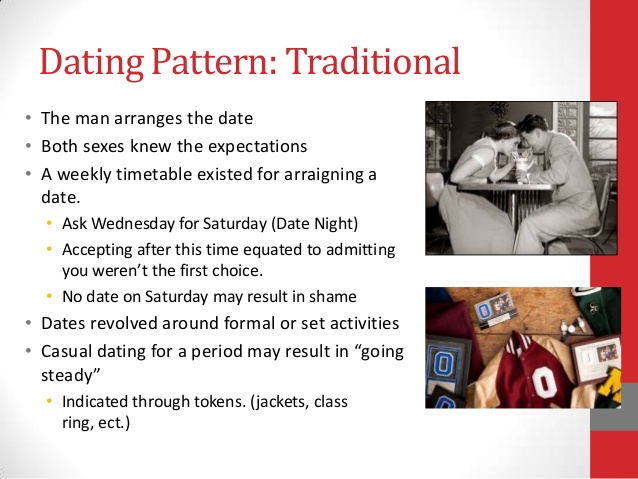
EVALUATION
1. State any five factors that should be considered before choosing a marriage partner?
2. List six activities that characterize courtship.
3. State any two reasons why it is very important to do a genotype examination before
marriage.
ASSIGNMENT.
Workbook on Home Economics for Nigerian Junior Secondary Schools Popoola O.O. Pages 39-41
TOPIC: MARRIAGE
(a). Relationship -unhealthy boys girls relationship.
(b). Courtship practices.
(c). Factors to consider before marriage.
Relationship- Unhealthy boy and girl relationship.
Adolescent is the period of growing up. It is a stage that lies between the end of childhood and the beginning of adulthood.
Boy/girl relationship should be made as wholesome and healthy as possible.

Problems of unhealthy boy and girl relationship.
Unwholesome or unhealthy boy/girl relationship can result into the following problems:
1. Unwholesome sexual indulgence or relationship.
2. Lack of self-discipline and respect.
3. Sexually transmitted diseases (STD, HIV/AIDS).
4. Teenage pregnancy.
5. Drop out from school and termination of education.
6. Various anti-social behaviors, such as, cultism, drug abuse, smoking, stealing, etc.

Guidelines for healthy and wholesome boy/girl relationship
1. Adolescents should choose friends who have good characters.
2. They should seek their parent’s approval of their friends.
3. They should bring their friends home and introduce them to their parents or guardians.
4. They should feel free to discuss their problems with their parents.
5. They should choose friends who have common interests with them.
6. They should minimize the length of time they spend together alone.

EVALUATION
1. List any six problems of unhealthy boy and girl relationship.
2. State four guidelines for ensuring healthy and wholesome boy/girl relationship.
READING ASSIGNMENT.
Read Home Economics for Nigerian Junior Secondary Schools Bk 3 by Popoola O.O Pages 104-108
LESSON 18
(A). COURTSHIP PRACTICES
(B).FACTORS TO CONSIDER BEFORE MARRIAGE.
Courtship
Courtship is a process of relationship which leads to marriage. Courtship period is the time during which the young man and woman intending to marry each other move about more closely with each other. At this period they tend to know each other better.

Characteristic features or activities involved with courtship.
1.The intending partners find out more about each other e.g. their likes and dislikes.
2. They determine how well suited they are to go into a lasting union.
3. They find out how each is accepted in the other’s family.
4. They learn about each other’s family customs and traditions-ways of life.
5. They find out the extent to which they really love and care for each other.
6. They discuss their future plans.
Factors to consider before marriage.
1.Age: The partners should be old enough for marriage
2.Background: It is wise for a person to choose a partner who has the same background (religious,social,educational, etc.) with him/her.
3.Economy security: The young people intending to marry should ensure that they are economically ready to do so.
4. Character: One should choose a partner with reputable character.
5. Health: It is necessary that the intending partners go for medical checkup. They should carry out such tests as, genotype examination,HIV/AIDS test.
6. Love: Person intending to get married should love each other
7. Compatibility: Partners should share similar interests, likes, dislikes, etc.
8 .Parental Consent: It is important that partners seek and obtain their parents’ consent before marriage.

EVALUATION
1. State any five factors that should be considered before choosing a marriage partner?
2. List six activities that characterize courtship.
3. State any two reasons why it is very important to do a genotype examination before
marriage.
ASSIGNMENT.
Workbook on Home Economics for Nigerian Junior Secondary Schools Popoola O.O. Pages 39-41
